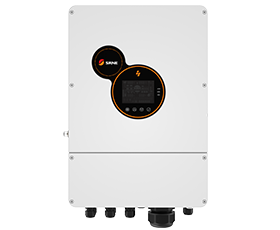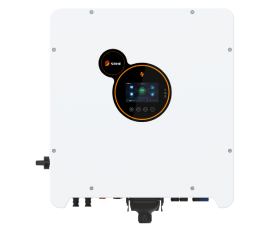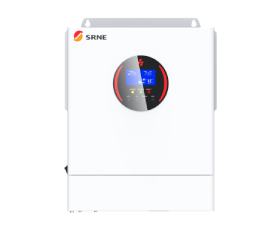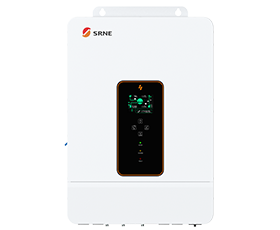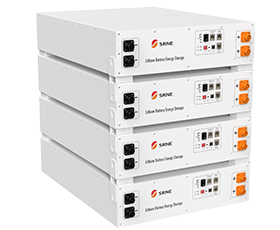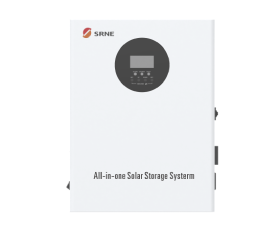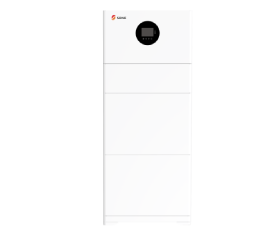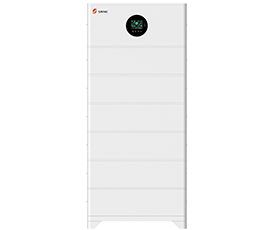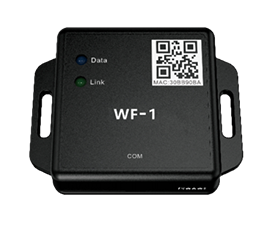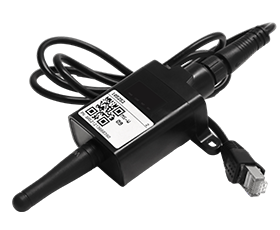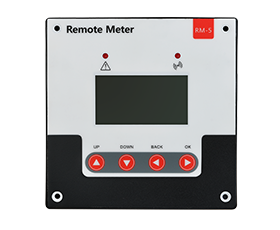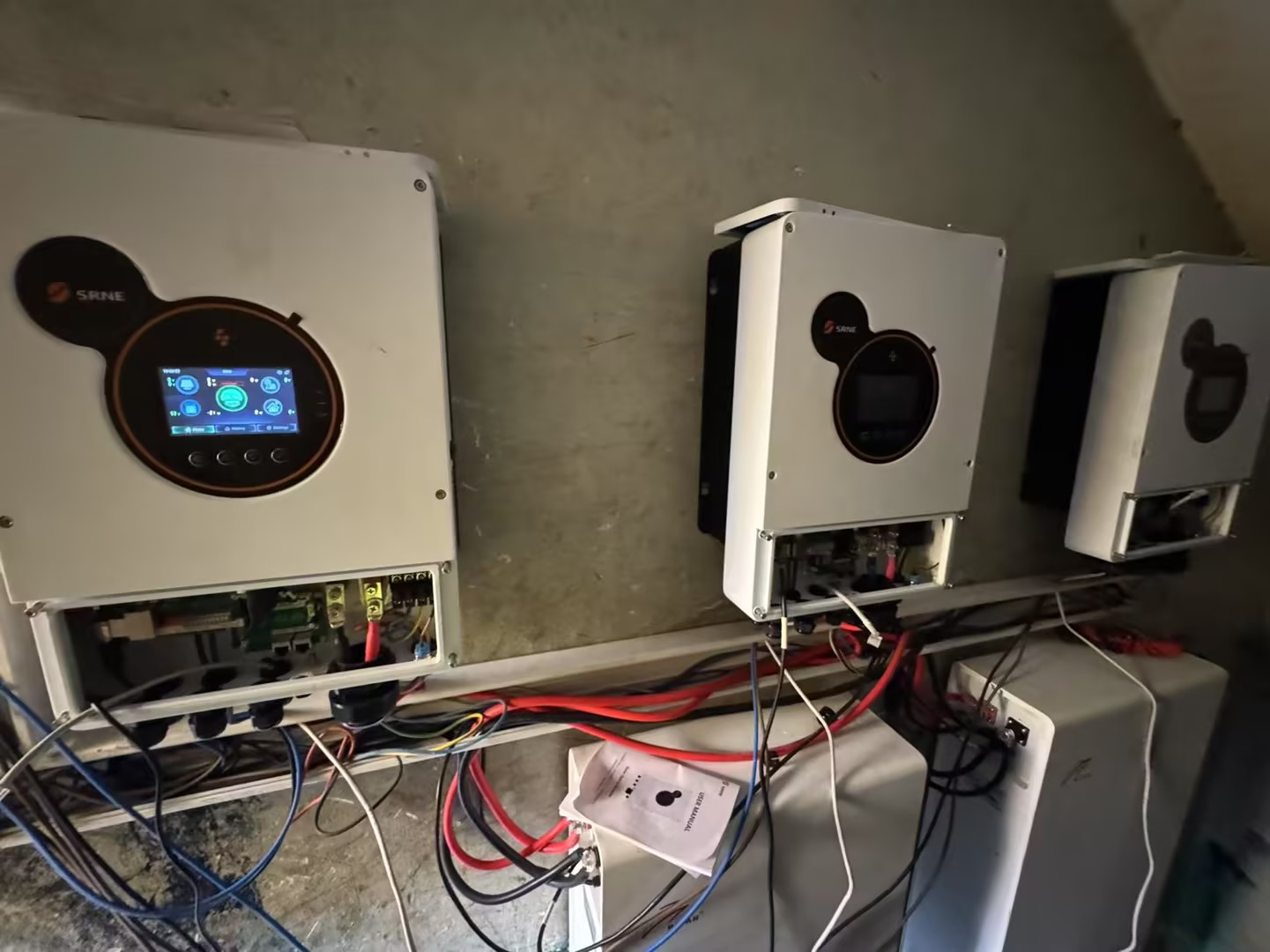The Differences Between BIPV and BAPV

Buildings are responsible for nearly half of the world’s energy consumption. Thus, reducing the energy usage of buildings through environmentally-responsive design techniques, in addition to the application of PV products, can not only assist in reducing the energy consumed by buildings, but also contributes to mitigating the adverse effects of climate change.
In recent years, the use of solar photovoltaics for urban buildings has become more popular. This application of PV, transforms the existing building into energy producer from energy consumer.
Buildings which can produce power with the help of solar can be referred to photovoltaic power stations. Solar panels are integrated or attached to the roof or facade of the building to generate electrical power. Based on the method of installation and construction in the building, the PV systems are classified into two types: building integrated photovoltaics (BIPV) and building applied photovoltaics (BAPV).
Even though both BAPV and BIPV systems falls under building applications of photovoltaic systems, there are few major differences regarding their construction and installation procedures.
The differences
BIPV system is integrated within the building structures, which can not only meet the demand of generating electricity, but also functions as a part of the building. It is the integration of photovoltaic product and building materials and can replace the traditional building materials such as glass, stone and tile.
While the BAPV system is directly attached to the buildings using additional mounting structure and moving rails. Here, the system do not have any direct effect on the building structures and the way they function.
BIPV, as a solar photovoltaic power generation system, provides green, environmentally-friendly and clean electricity for electrical loads. BIPV has become an indispensable part of the building. The photovoltaic modules have the functions of sheltering from wind, rain and heat. If the photovoltaic modules are removed, the building will lose these functions. However, BAPV will not bring water-proof and wind-shielding function for the building. Moreover, BAPV will increase the building load and affect the overall effect of the building. In addition, the repeated construction is a serious waste of building materials.
The integration of photovoltaics and building can effectively reduce the energy consumption for building. The low-carbon or even no-carbon building construction helps to save the energy, reduce the carbon emission and protect the environment.
With the development of photovoltaic industry, the integration of photovoltaic and building brings more economic benefits. With the further decline of photovoltaic costs, the huge market for photovoltaic building integration began to attract the attention of investors. In the next 5 years, China's BIPV market will enter a period of rapid development.




















